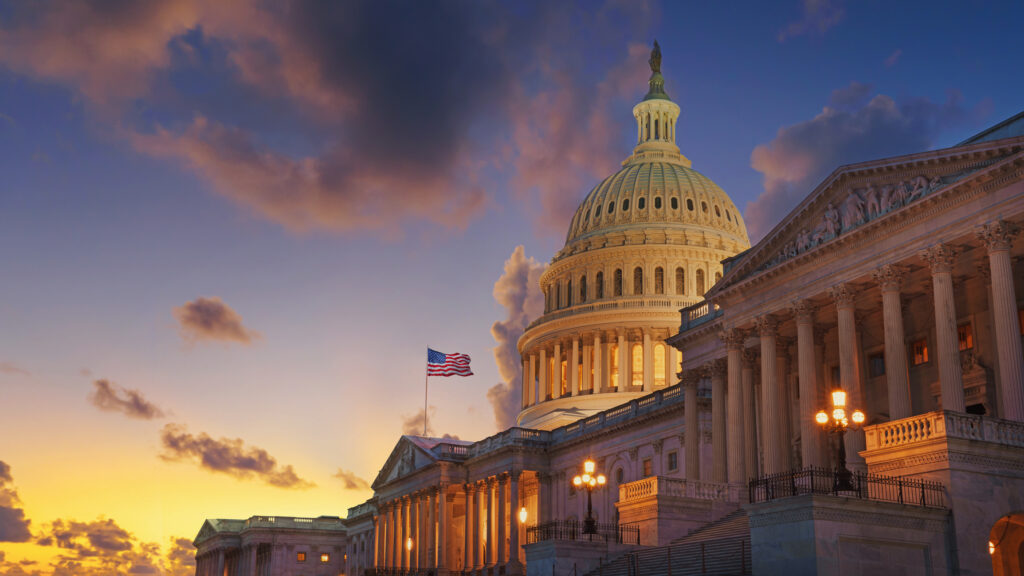The latest example of network neutrality legislation can be found in a draft bill sponsored by Sens. Olympia Snowe (R-ME) and Byron Dorgan (D-ND), which was introduced in the current session of Congress on January 9. The excerpts that follow directly quote the text and are in italic type.
The bill itself is identical to an amendment Snowe and Dorgan proposed in 2006 to a larger Senate telecom deregulatory bill, S. 2686. The amendment was defeated in committee. S. 2686 did not come to a vote before Congress adjourned in 2006.
Network neutrality legislation in several states mirrors the language in the Snowe-Dorgan bill.
Current FCC Rules Included
The meat of the network neutrality legislation can be found in the proposed rewrite of Section 12 of the Communications Act of 1934 under the heading “Internet Neutrality” and “Duty of broadband service providers.”
“With respect to any broadband service offered to the public, each broadband service provider shall–
(1) not block, interfere with, discriminate against, impair, or degrade the ability of any person to use a broadband service to access, use, send, post, receive, or offer any lawful content, application, or service made available via the Internet;
(2) not prevent or obstruct a user from attaching or using any device to the network of such broadband service provider, only if such device does not physically damage or substantially degrade the use of such network by other subscribers;
(3) provide and make available to each user information about such user’s access to the Internet, and the speed, nature, and limitations of such user’s broadband service.”
These first three provisions embody the current FCC guidelines regarding neutrality. Service providers are already prohibited from blocking access to individual Web sites; must permit any IP-compatible device, such as a PC, cell phone, BlackBerry, or WiFi card, to connect to the network; and must provide information on the state of the connection, a capability that is easily accessible from a PC’s own operating system software.
Would Go Beyond FCC
The next group of Snowe-Dorgan provisions goes beyond the FCC rules and introduces government intervention into the economics of the Internet. According to the proposed law, service providers would have to:
“Enable any content, application, or service made available by the Internet to be offered, provided, or posted on the basis that–
“(4)(A) is reasonable and non-discriminatory, including with respect to quality of service, access speed and bandwidth.”
This provision would prohibit any service provider from offering a higher degree of quality of service or other differentiation in terms of speed, bandwidth, or service to a third-party applications provider.
“(4)(B) is at least equivalent to the access, speed, quality of service, and bandwidth that such broadband service provider offers to affiliated content, applications, or services made available via the public Internet into the network of such service provider.”
This is the converse of (A). This clause essentially states quality levels offered to one must be offered to all. Together, (A) and (B) relegate the carrier networks to being “dumb pipes,” prohibiting them from using any of their own network technology to add value to customer traffic.
“(4)(C) does not impose a charge on the basis of the type of content, applications, or service made available via the Internet into the network of such broadband service provider.”
This drives home points (A) and (B) by explicitly prohibiting service providers from monetizing their ability to manage and prioritize applications as they move across the network.
Consumers Must Pay
(5) Only prioritize content, applications, or services accessed by the user that is made available by the Internet within the network of such broadband service provider based on the type of content, applications, or services and the level of service purchased by the user, without charge for such prioritization.
This is the “end-user pays” clause. In almost direct contradiction to the preceding clauses, it recognizes that prioritization of certain applications is desirable. But it requires carriers to place any cost of the management needed for the delivery of these services squarely on the shoulders of the user.
(6) Not install or utilize network features, functions, or capabilities that impede or hinder compliance with this section.
This clause essentially dictates what carriers can and cannot do with their private property. This can be read as a prohibition on service providers against making their networks work better or otherwise monetizing their investment.
Steven Titch ([email protected]) is senior fellow for IT and telecom policy at The Heartland Institute and managing editor of IT&T News. This article is excerpted from a network neutrality policy study to be published by the Reason Foundation.




